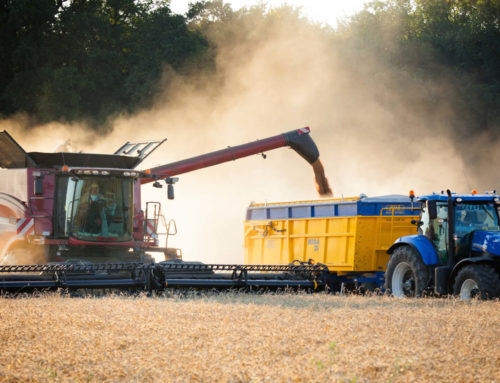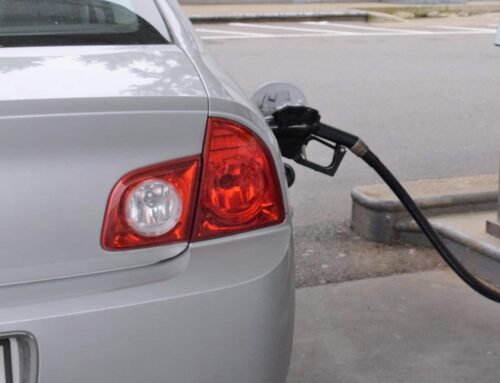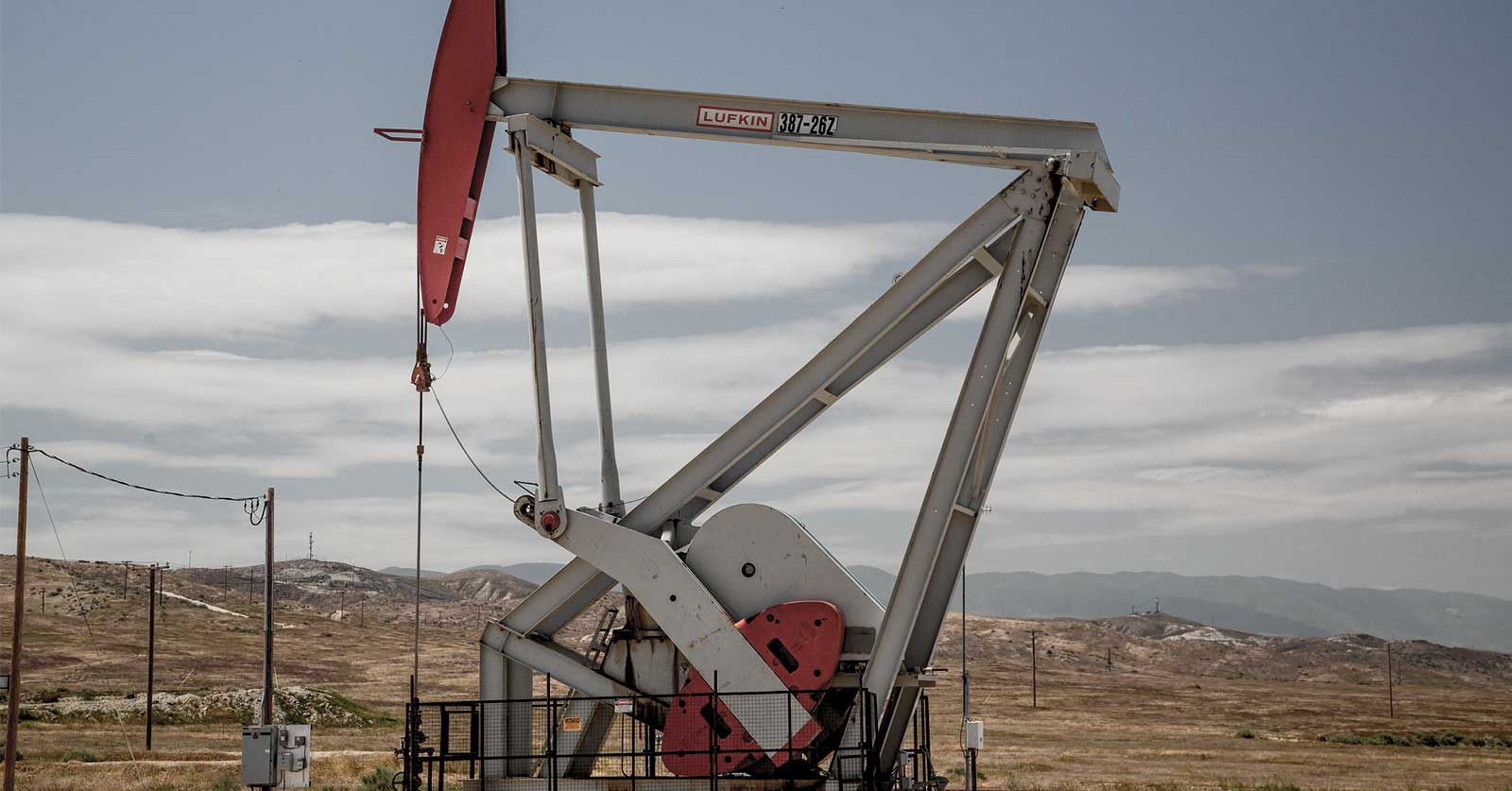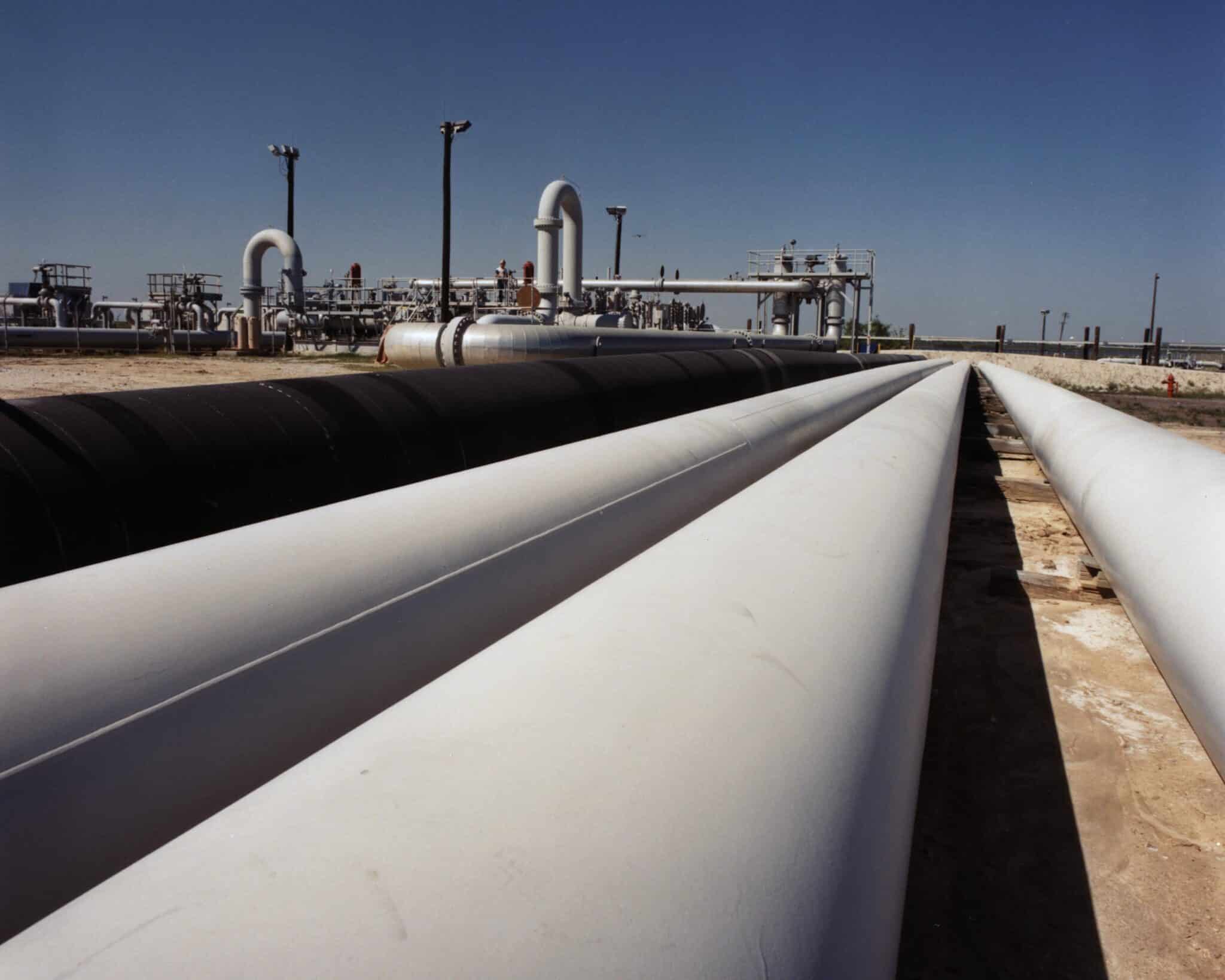The Biden Administration’s renewed focus on climate change provides an opportunity to explore the role federal policy plays in efforts to reduce greenhouse gas emissions and to mitigate the effects on consumers, businesses, and taxpayers. As part of this opportunity, policymakers and industry groups are debating how the agriculture sector can effectively contribute to the President’s climate goals.
Several administrative and legislative proposals seek to pay farmers, through private markets or federal programs, to sequester carbon in soils by planting cover crops, reducing tillage, or implementing other climate-friendly conservation practices. Left out of most of these debates is an exploration of how federal policy currently serves as a disincentive to conservation adoption. If Congress and the President aim to achieve climate goals, while helping farmers implement better conservation measures, federal farm subsidies must first be reformed to not be an obstacle to agricultural climate adaptation.
Agricultural conservation practices, if implemented properly on the ground and continued from year to year, provide many benefits. Incorporating conservation practices into agricultural production can help farmers and ranchers increase efficiency, reduce operator costs, increase yields, and ultimately position themselves to be better prepared for the next disaster or financial challenge. This increased physical and financial resilience reduces dependence on federal income subsidies. However, current federal agriculture policies and subsidies – particularly crop insurance subsidies – often discourage the uptake of smart conservation practices. These programs in turn over-insulate producers from the effects of climate change.
Before creating new subsidies in unproven programs such as a new carbon bank or expanding the federal government’s role in crop insurance, federal farm subsidy programs should be reformed to eliminate perverse incentives, remove barriers to conservation within the existing federal farm safety net, and reduce – instead of expand – taxpayers’ role in mitigating risks that should be borne by producers themselves.
Download or read the fact sheet below.










